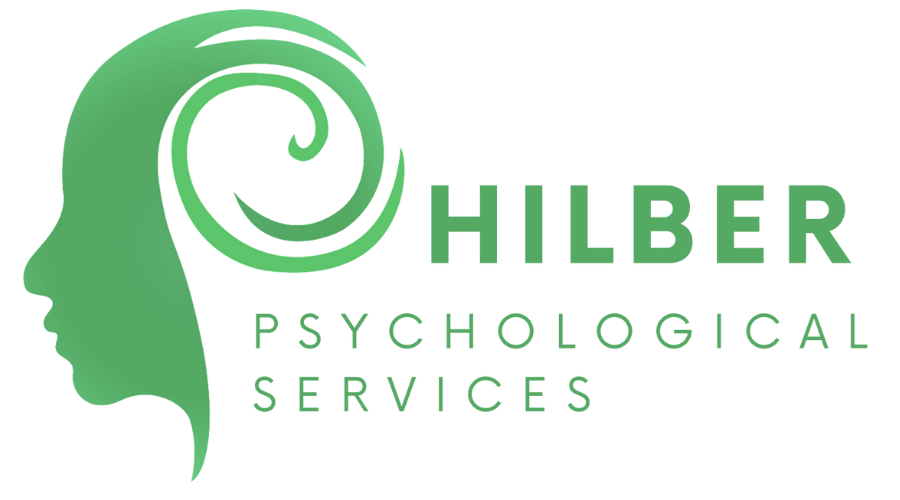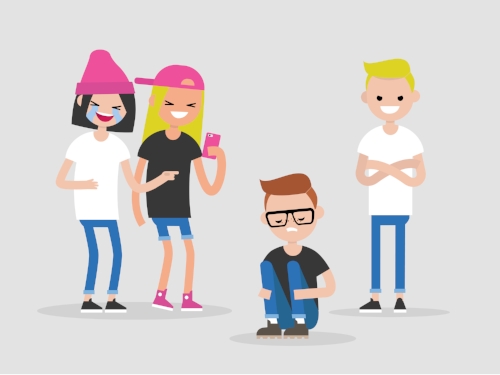After 14 months, the study showed that those children who received carefully monitored medication treatment or medication treatment combined with behavior therapy had lower levels of overall ADHD symptoms and better overall adjustment compared to those children who received intensive behavior therapy or community care. The results stayed the same after an evaluation 10 months later. However, evaluation after 1 year and again after several groups showed no group differences based on the initial group treatment assignments. Therefore, the initial benefits of the medication had disappeared. The study continued annually through age 18 and then reduced visits to age 25. Within this group, individuals were categorized based on their medication usage:
a. Consistent, i.e,. those who had met the minimum threshold during each year;
b. Inconsistent, i.e., those meeting the minimum threshold in some but not all years; and
c. Negligible, i.e., below the minimum threshold in all years.
At the last evaluation, age 25, participants self- and parent-reported, and doctors measured the patient's height compared to other individuals around the area that had not been diagnosed with ADHD in their childhood. Based off of the medication categorized above, only 14.3% of participants consistently used medication through age 18. After comparing the other participants, participants with ADHD maintained substantially higher ADHD symptoms over time regardless of their initial treatment. It was clear that ADHD symptoms in young adulthood are not related to patterns of medication use through adolescence.
There was thus no indication that consistent medication treatment over a number of years had any persistent impact. However, there was a relationship found between persistent medication use and adult height. According to Dr. Rabiner, "Students in the Consistent and Inconsistent medication treatment groups had average heights — combined across these groups — that were about an inch shorter than those in the Negligible treatment group. And, participants in the Consistent Group were nearly an inch shorter on average than those in the Inconsistent group, i.e., nearly 2 inches shorter than those in the Negligible group".
Overall, the study concluded there was substantial persistence of ADHD symptoms into adulthood and although the benefits of medication treatment on ADHD symptoms dissipate, the impact on adult stature persists. However, it is possible that some other factor that contributed to some participants taking medication more consistently, e.g., more severe symptoms, also explains the reduced height attainment in this group.
There are many take home messages:
1. Relatively few youth with ADHD use medication consistently over their development.
2. Many individuals with ADHD will continue to struggle with ADHD symptoms into adulthood.
3. Although medication helps control symptoms in the short-term, it is not a cure.
4. It is unknown whether optimal medication treatment maintained over many years would have a greater impact.
5. Parents and clinicians need to balance the need for persistent treatment in some children with the likely consequences of reduced adult height.
Due to the symptoms that may occur from using persistent medication, an optimal solution would be to find the lowest effective dose of medication, or combine medication treatment with other behavior therapy and/or other approaches.
If you have questions about ADHD and how it can affect you or your child or would like to schedule an appointment, please contact us. For more information on therapy, visit FAQ at Hilber Psychological Services.
~Written by Allison Parker and Tanya L. Hilber, PsyD
Reference: Rabiner, David. “Consistent Use of ADHD Medication May Stunt Growth by 2 Inches, Large Study Finds.” SharpBrains, SharpBrains, 28 Mar. 2018.



